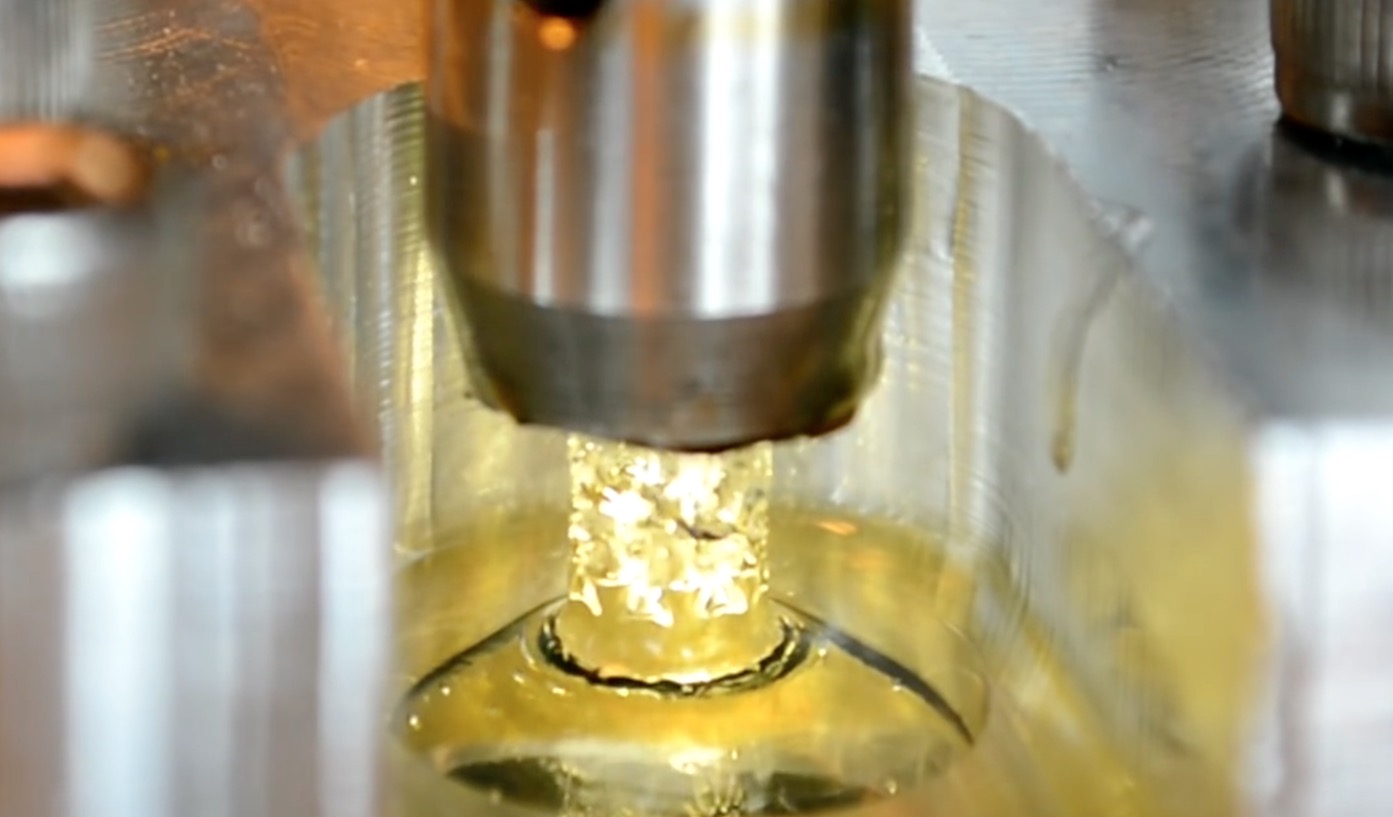Researchers at Northwestern University have used a 3D printing technique called “projection micro-stereo-lithography” to create incredibly complex lenses.
The research team were attempting to overcome a big issue in the world of terahertz radiation. This type of radiation is in the range of 0.1 to 1.0mm wavelengths, and has recently been increasingly used for a variety of industrial and biomedical applications as this radiation is semi-transparent to living tissue. This means one can obtain detailed images of internal body structures using terahertz technology.
The problem is that the lenses required for focusing the radiation are quite difficult to produce. Lenses often have flaws that require correction, which is usually done by stacking lenses together to compensate for each others’ issues. However, multiple lenses, as you might imagine, is expensive.
The new technique involves using projection micro-stereo-lithography to 3D print lenses with an optical gradient: the refractive index, or the amount of “light bend”, continuously varies, making the lens able to focus on a range of distances simultaneously. This means the approach can produce lenses that focus the terahertz radiation very accurately – and at lower cost.
This video shows the Northwestern University projection micro-stereo-lithograph device in action:
I believe this is an example of a key application of 3D printing. While we’ve all seen how larger-scale 3D printing can produce structures of unusual geometry that are stronger and lighter, it’s now also possible to produce tiny objects that otherwise could not be produced.
Via GizMag


